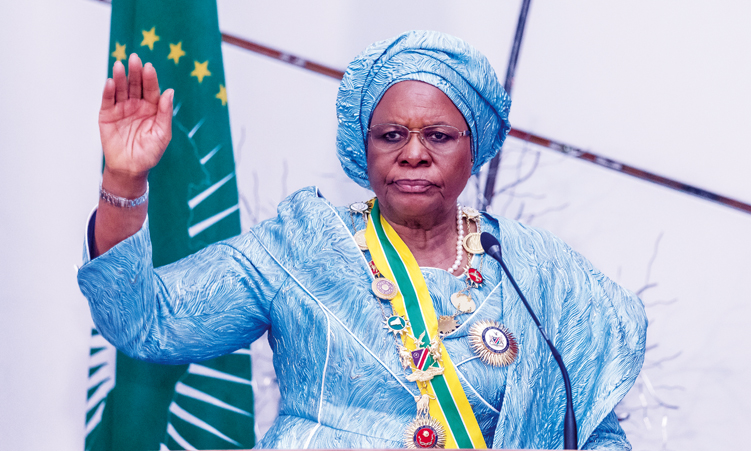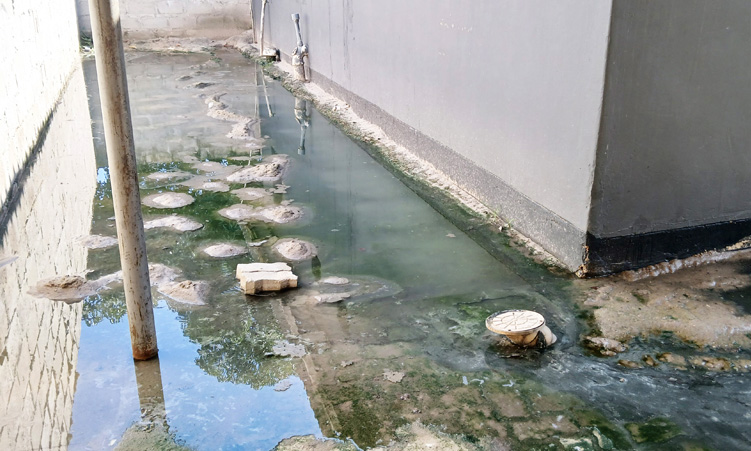RIO DE JANEIRO – Global warming could spell the end of the world’s largest remaining tropical rain forest, transforming the Amazon into a grassy savanna before the end of the century, researchers said on Friday.
Jose Antonio Marengo, a meteorologist with Brazil’s National Space Research Institute, said that global warming, if left unchecked, will reduce rainfall and raise temperatures substantially in the ecologically rich region. “We are working with two scenarios: a worst case and a second, more optimistic one,” he said in a telephone interview with The Associated Press.”The worst-case scenario sees temperatures rise by 5 to 8 degrees (Celsius) until 2100, while rainfall will decrease between 15 and 20%.This setting will transform the Amazon rain forest into a savanna-like landscape,” Marengo said.That scenario supposes no major steps are taken toward halting global warming and that deforestation continues at its current rate, Marengo said.The more optimistic scenario supposes governments take more aggressive actions to halt global warming.It would still have temperatures rising in the Amazon region by 3 to 5 degrees Celsius and rainfall dropping by 5 to 15%, Marengo said.”If pollution is controlled and deforestation reduced, the temperature would rise by about 5 degrees Celsius in 2100,” said Marengo.”Within this scenario, the rain forest will not come to the point of total collapse.”Marengo’s finding were part an 800 000 real (N$2,5m) study that began two years ago and that will continue until 2010.The study, financed by the World Bank and the British government, seeks to project climatic changes that will effect Brazil over the next 100 years.European governments frequently finance environmental and conservation studies about Brazil’s Amazon rain forest.Sprawling over 4.1 million square kilometres, the Amazon covers nearly 60 per cent of Brazil.Largely unexplored, it contains one-fifth of the world’s fresh water and about 30% of the world’s plant and animal species – many still undiscovered.WORST-CASE SCENARIO Marengo said he was optimistic that the worst-case scenario could be averted, but he said that would require a major effort by industrialised nations to reduce emissions of so-called greenhouse gases that contribute to global warming.He said Brazil should do its part by reducing deforestation and burning in the Amazon region.Destroying trees through burning contributes to global warming, releasing about 370 million tons of greenhouse gases into the atmosphere every year – about five per cent of the world total – scientists say.About 20 per cent of the rain forest has already been cut down and while the rate of destruction has slowed in recent years, environmentalists say it remains alarmingly high.Nampa-AFP”We are working with two scenarios: a worst case and a second, more optimistic one,” he said in a telephone interview with The Associated Press.”The worst-case scenario sees temperatures rise by 5 to 8 degrees (Celsius) until 2100, while rainfall will decrease between 15 and 20%.This setting will transform the Amazon rain forest into a savanna-like landscape,” Marengo said.That scenario supposes no major steps are taken toward halting global warming and that deforestation continues at its current rate, Marengo said.The more optimistic scenario supposes governments take more aggressive actions to halt global warming.It would still have temperatures rising in the Amazon region by 3 to 5 degrees Celsius and rainfall dropping by 5 to 15%, Marengo said.”If pollution is controlled and deforestation reduced, the temperature would rise by about 5 degrees Celsius in 2100,” said Marengo.”Within this scenario, the rain forest will not come to the point of total collapse.”Marengo’s finding were part an 800 000 real (N$2,5m) study that began two years ago and that will continue until 2010.The study, financed by the World Bank and the British government, seeks to project climatic changes that will effect Brazil over the next 100 years.European governments frequently finance environmental and conservation studies about Brazil’s Amazon rain forest.Sprawling over 4.1 million square kilometres, the Amazon covers nearly 60 per cent of Brazil.Largely unexplored, it contains one-fifth of the world’s fresh water and about 30% of the world’s plant and animal species – many still undiscovered.WORST-CASE SCENARIO Marengo said he was optimistic that the worst-case scenario could be averted, but he said that would require a major effort by industrialised nations to reduce emissions of so-called greenhouse gases that contribute to global warming.He said Brazil should do its part by reducing deforestation and burning in the Amazon region.Destroying trees through burning contributes to global warming, releasing about 370 million tons of greenhouse gases into the atmosphere every year – about five per cent of the world total – scientists say.About 20 per cent of the rain forest has already been cut down and while the rate of destruction has slowed in recent years, environmentalists say it remains alarmingly high.Nampa-AFP
Stay informed with The Namibian – your source for credible journalism. Get in-depth reporting and opinions for
only N$85 a month. Invest in journalism, invest in democracy –
Subscribe Now!










